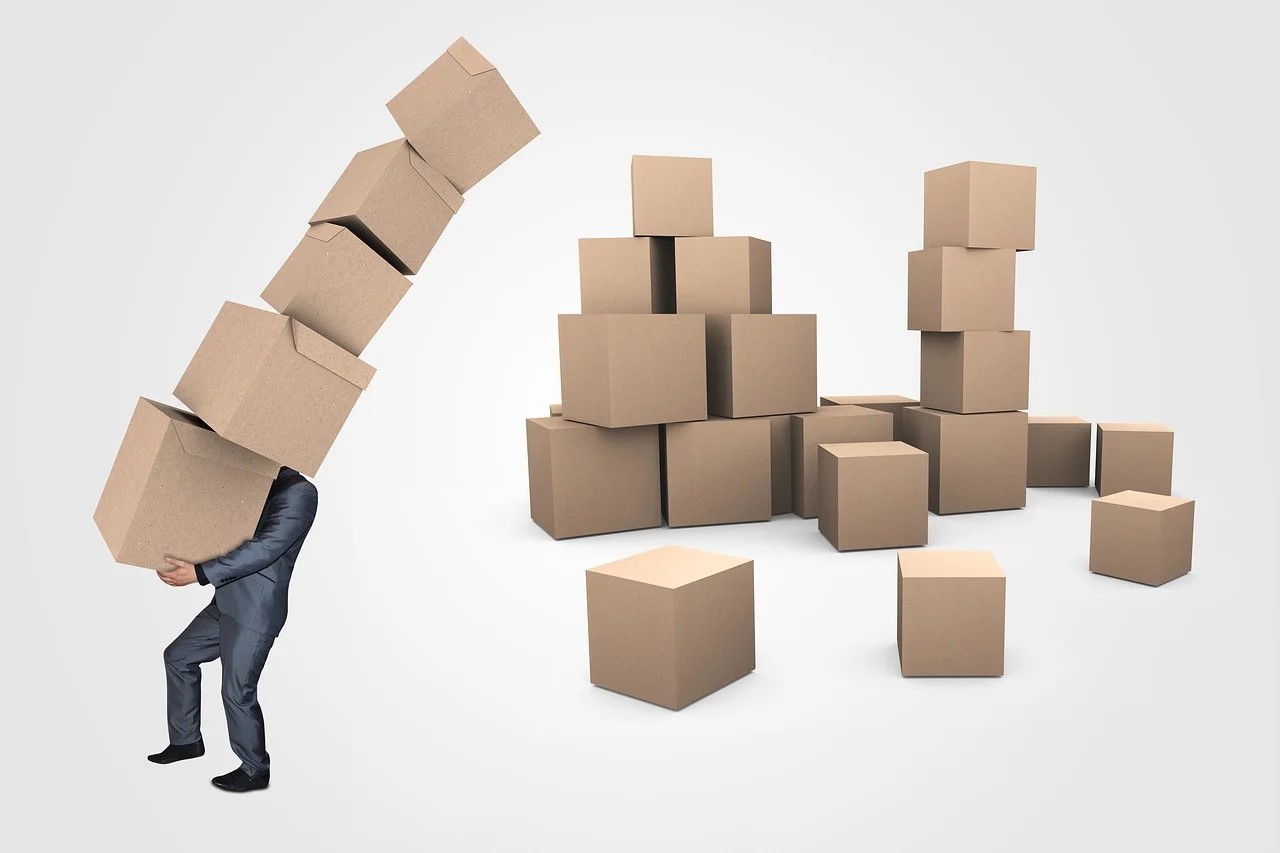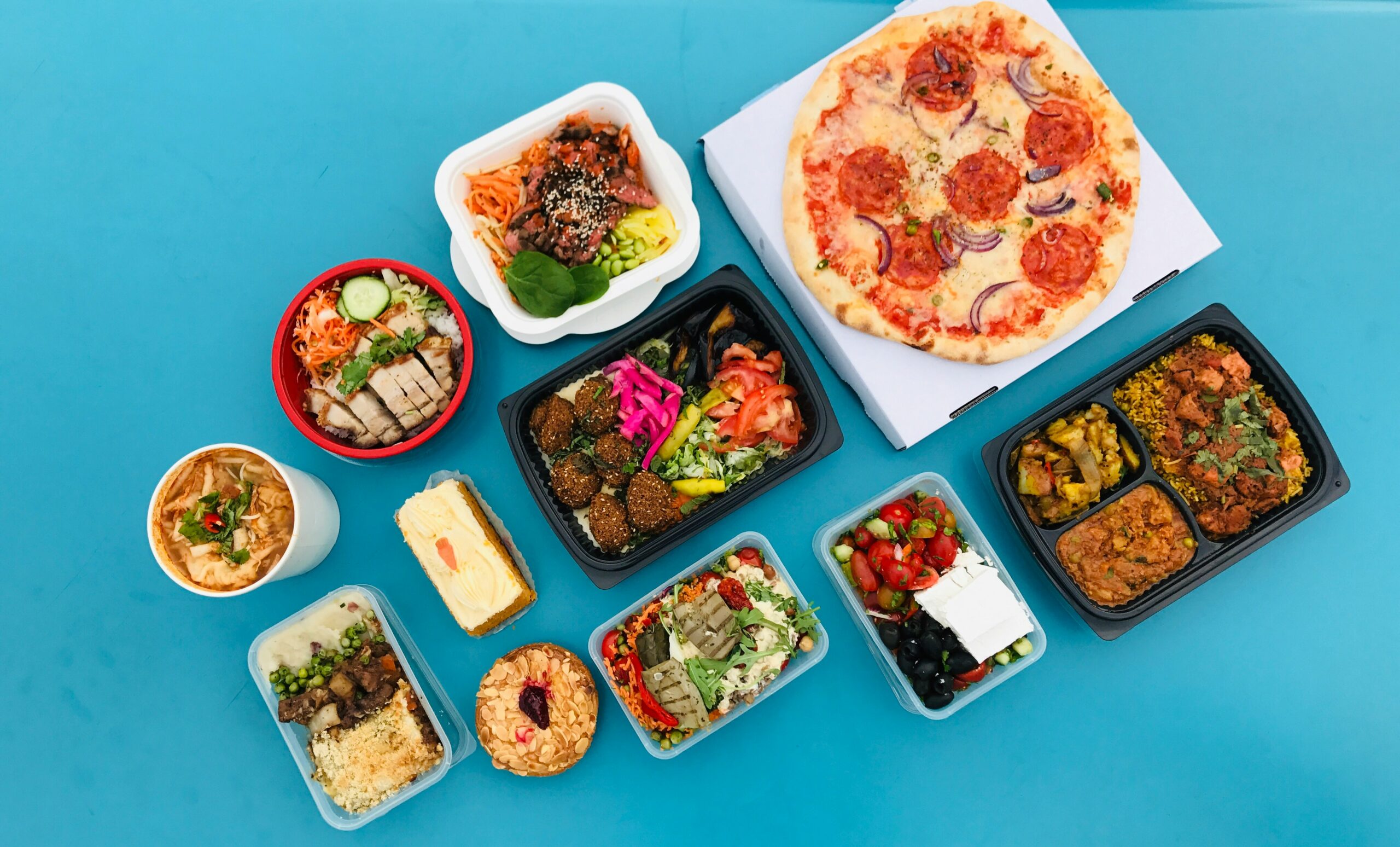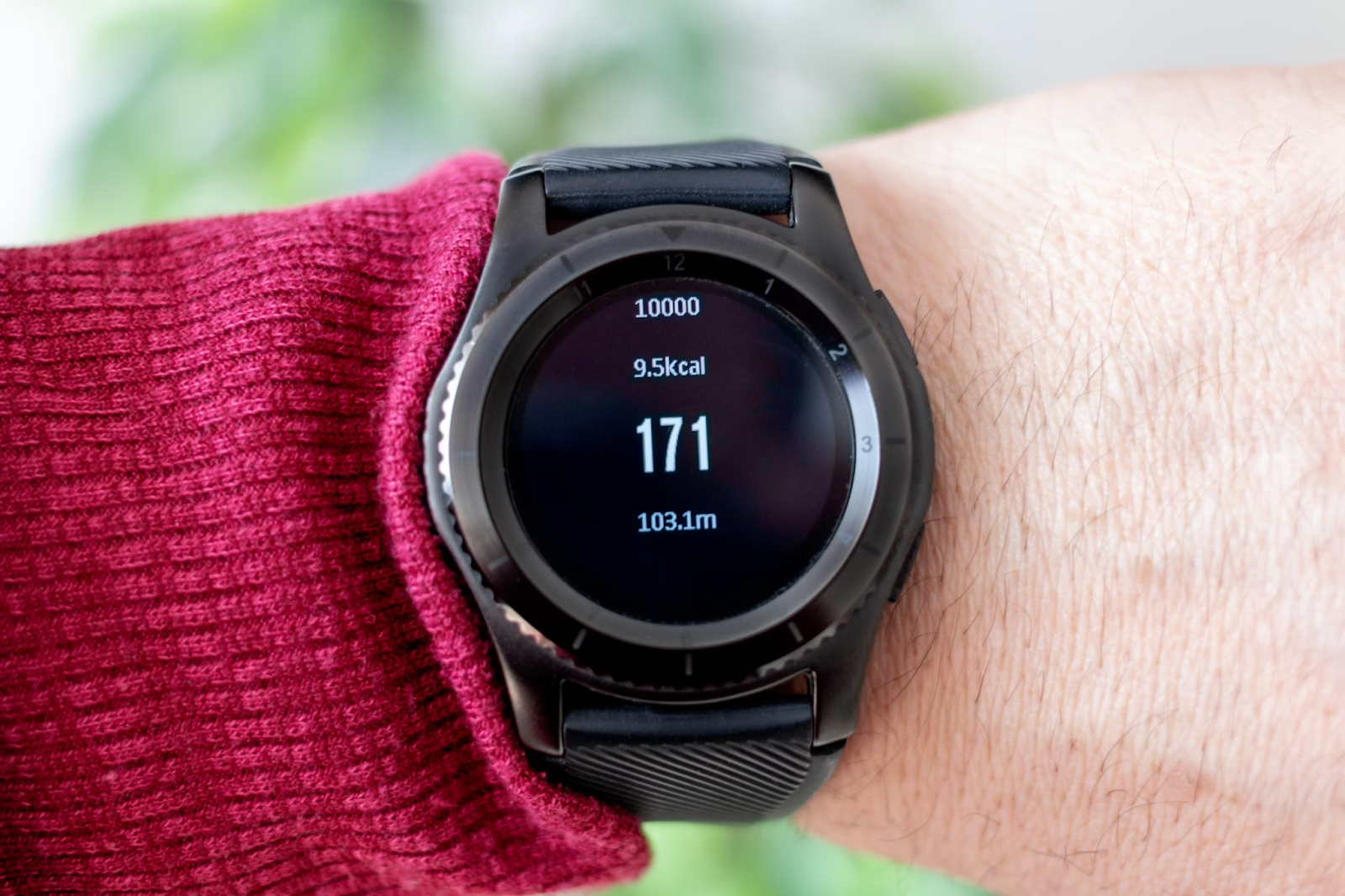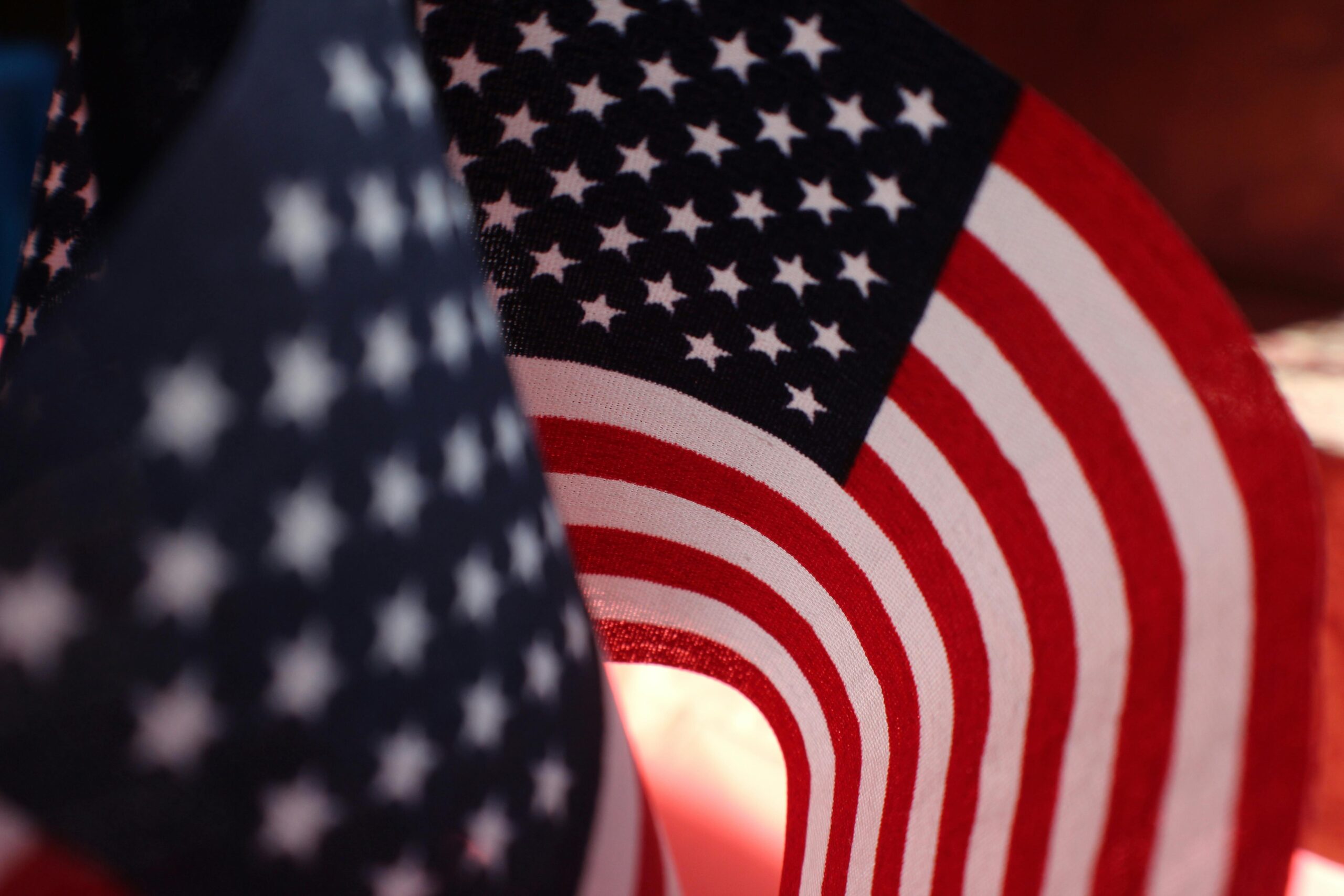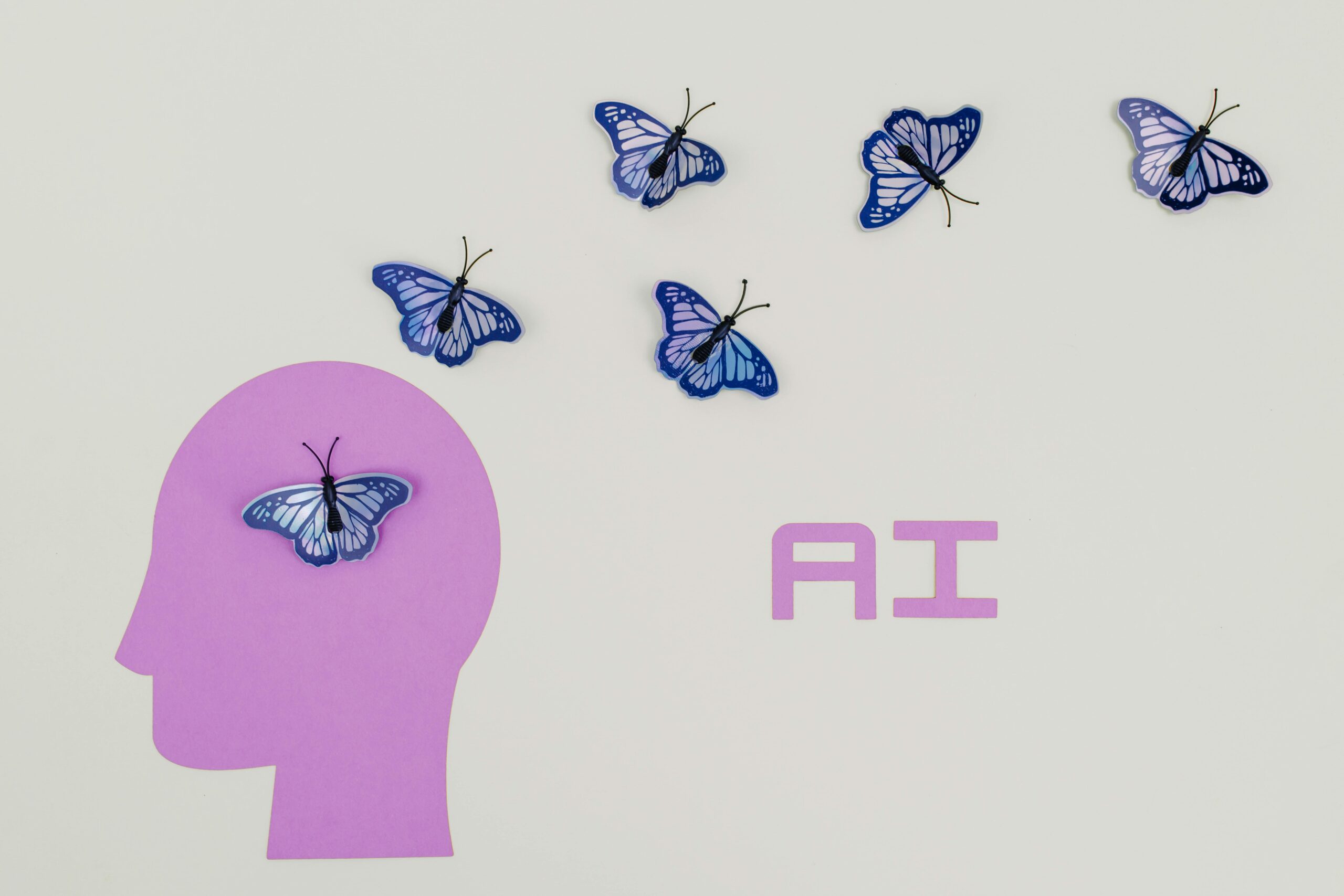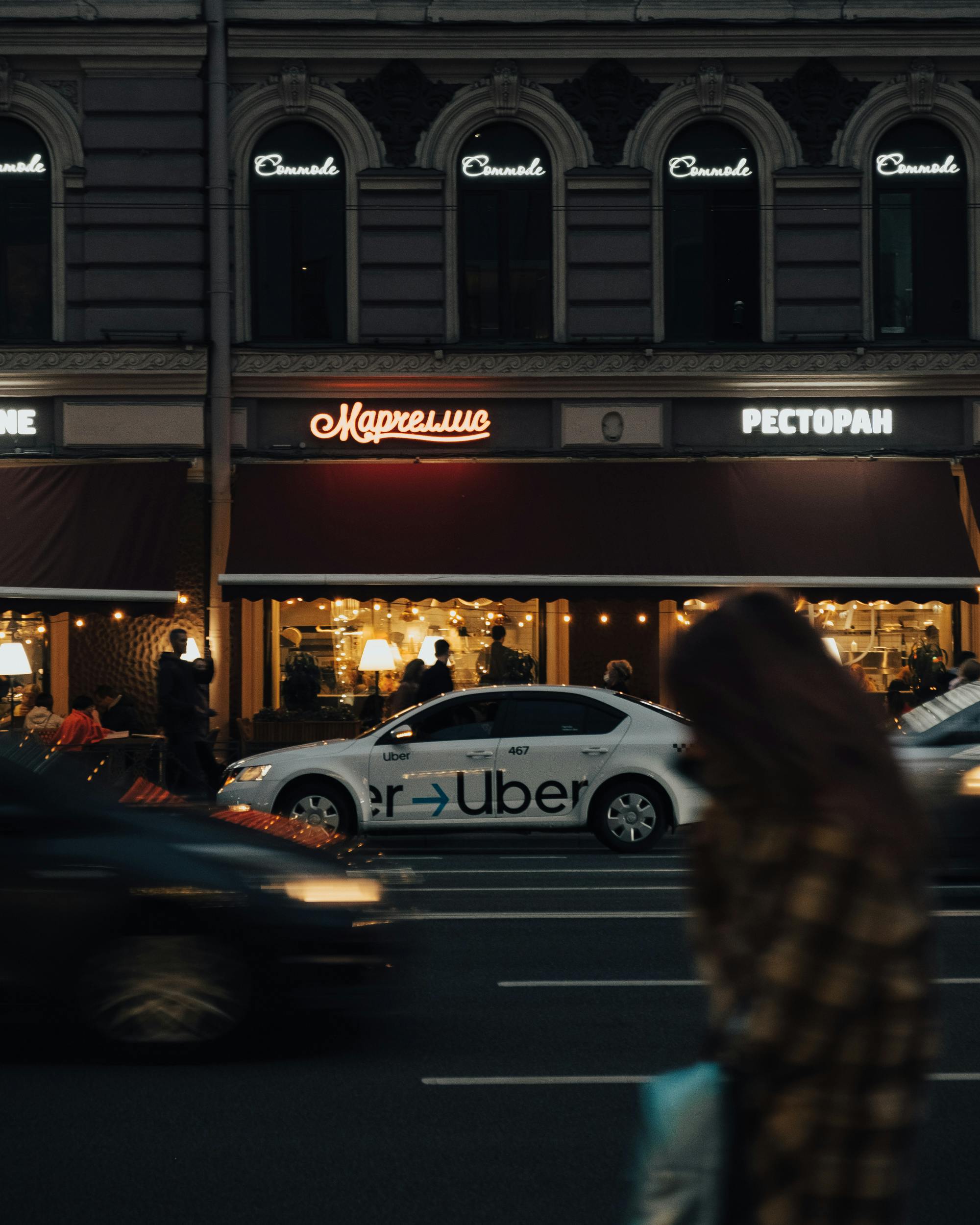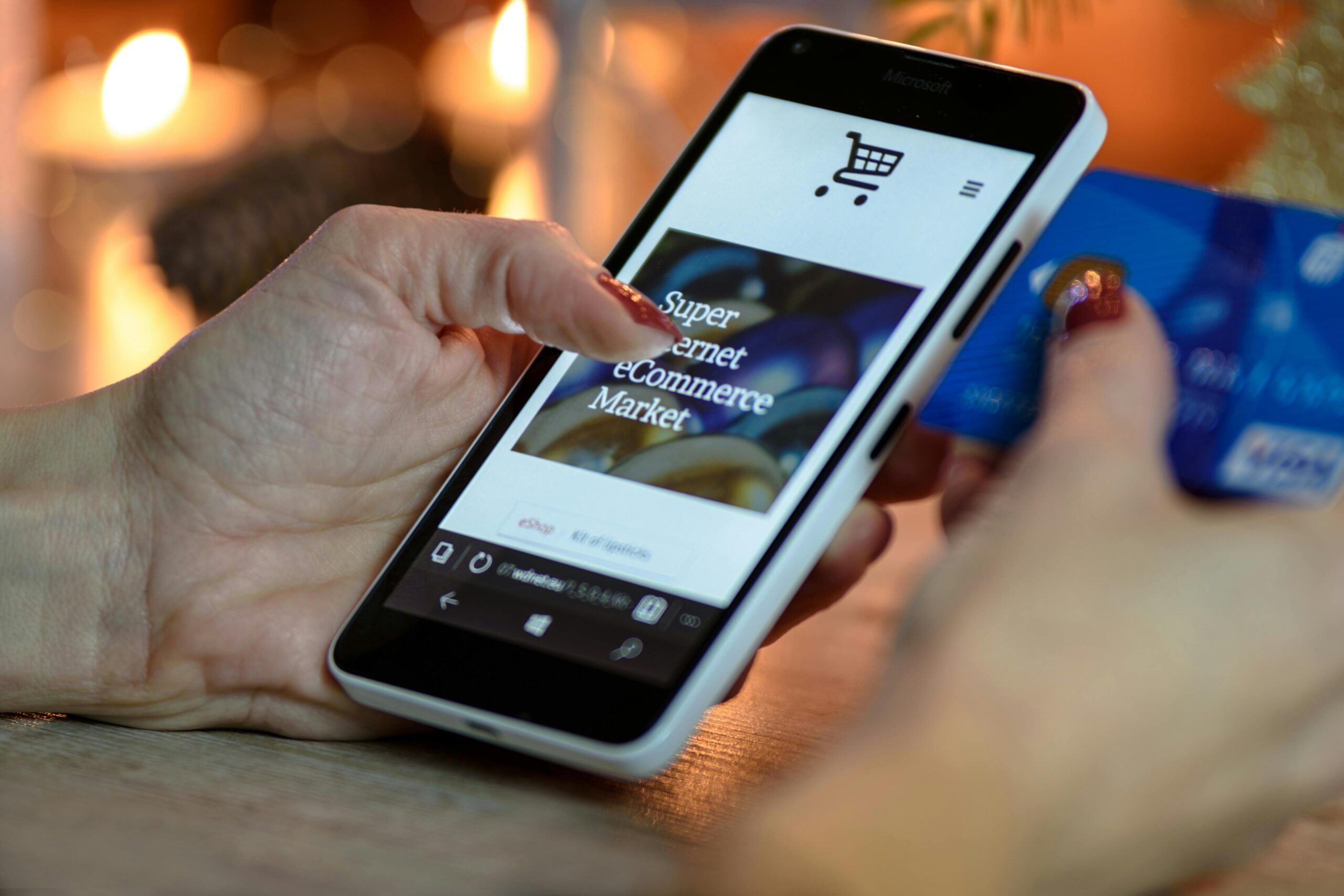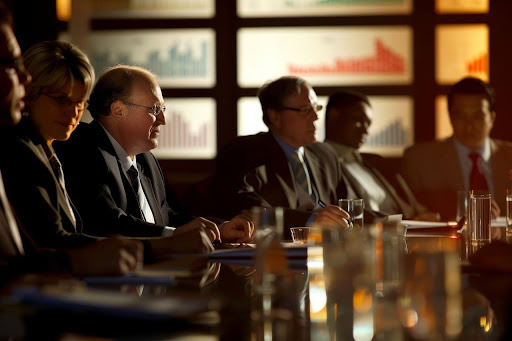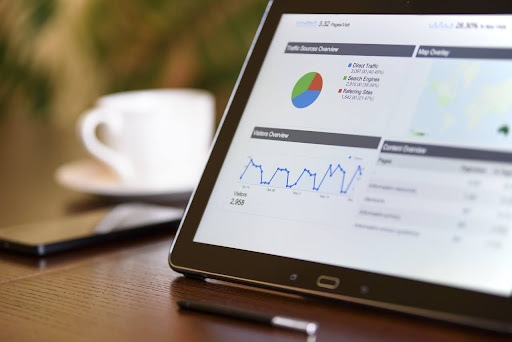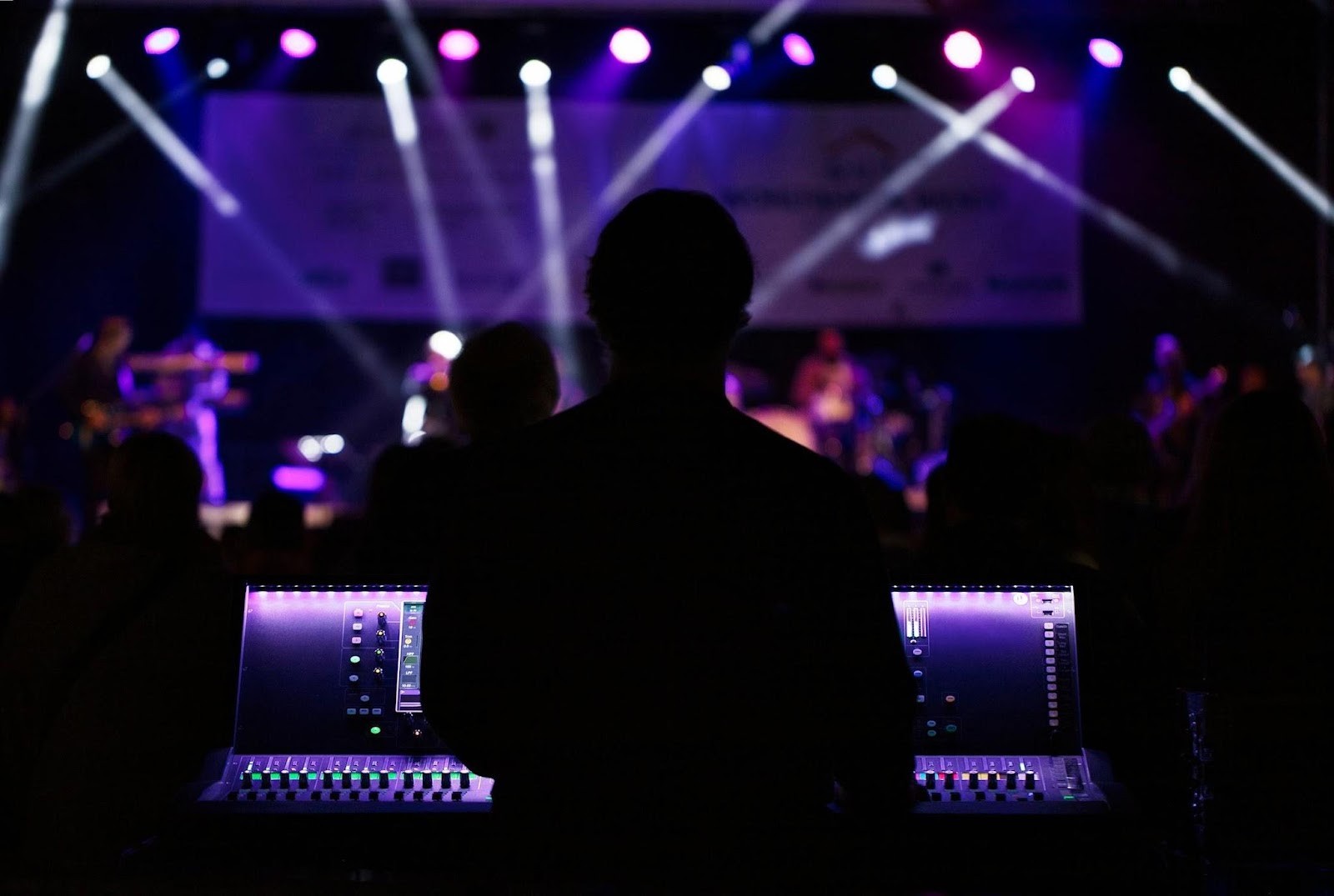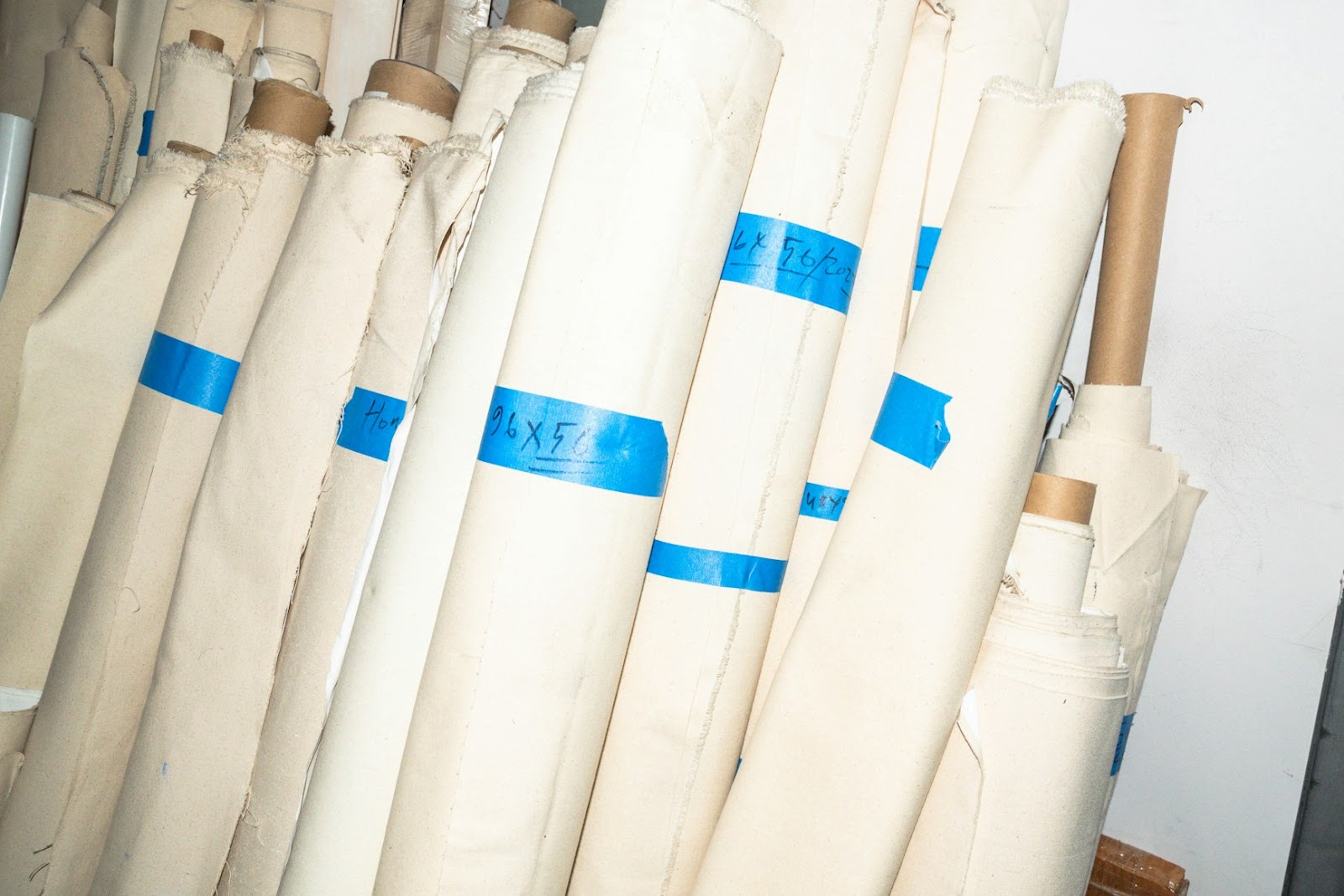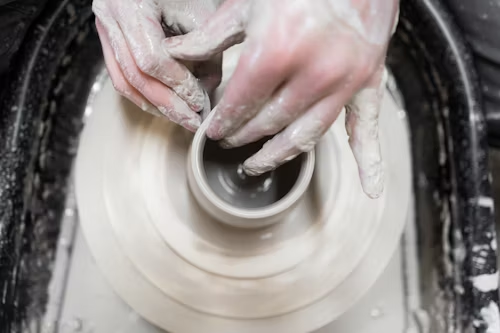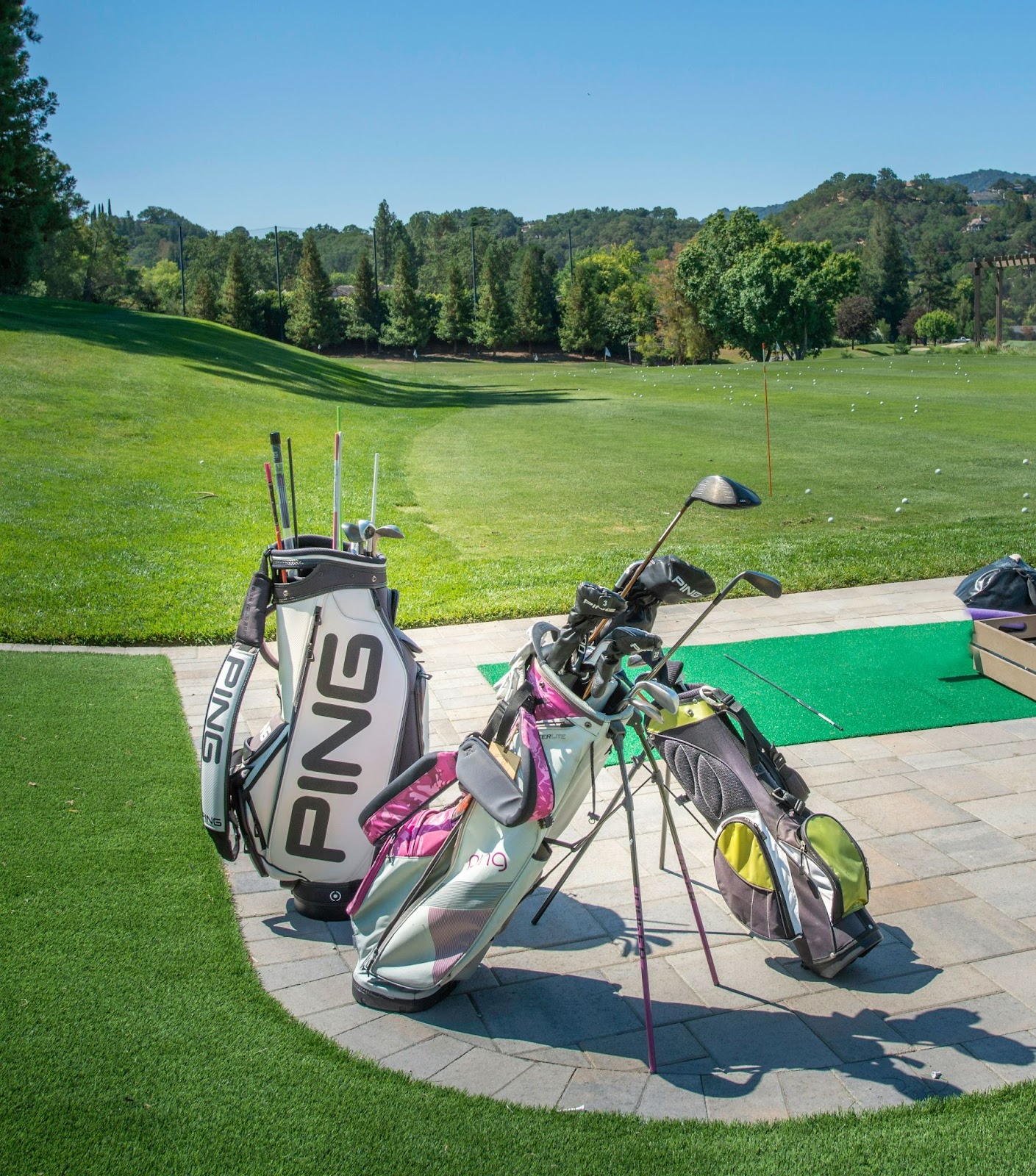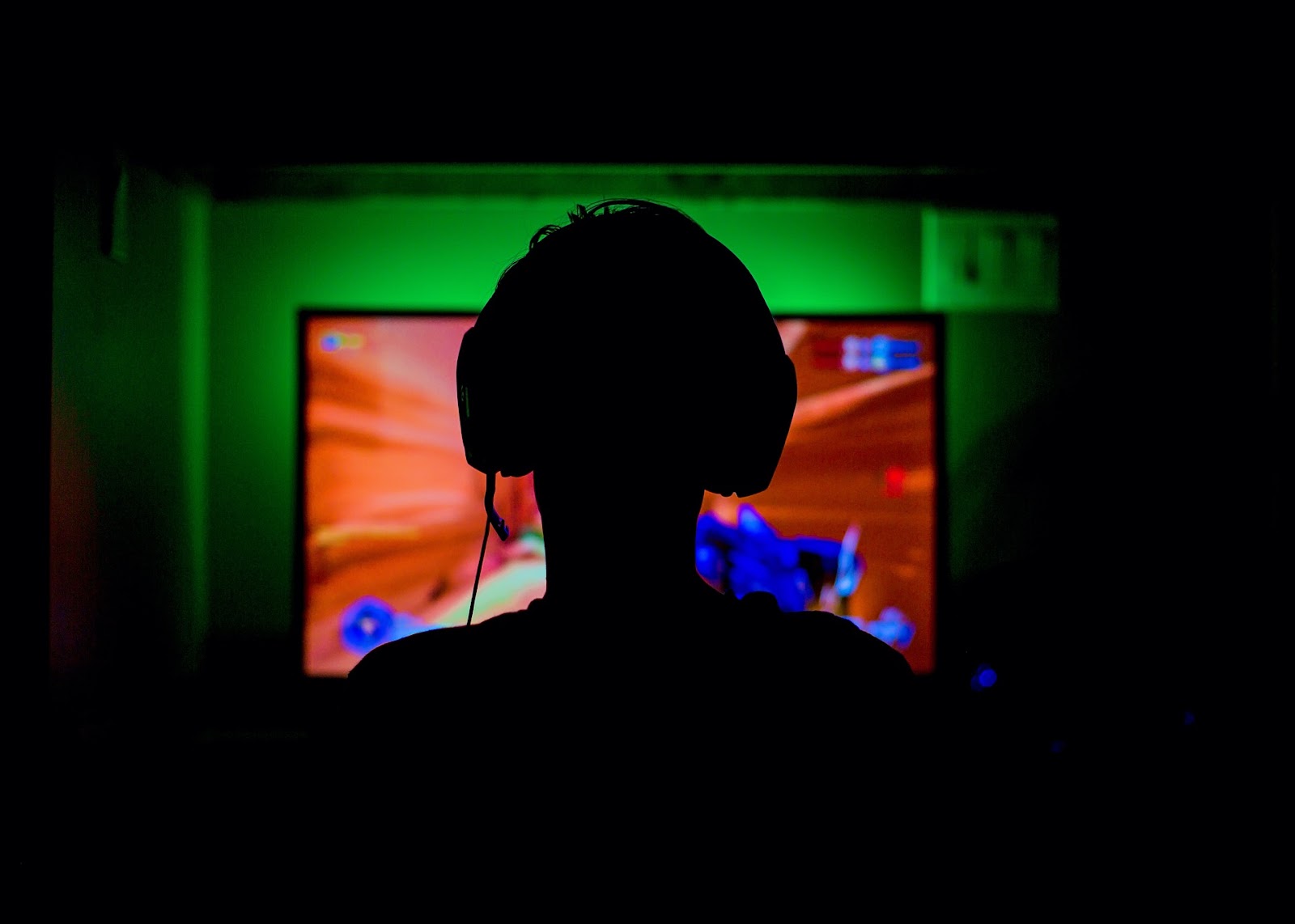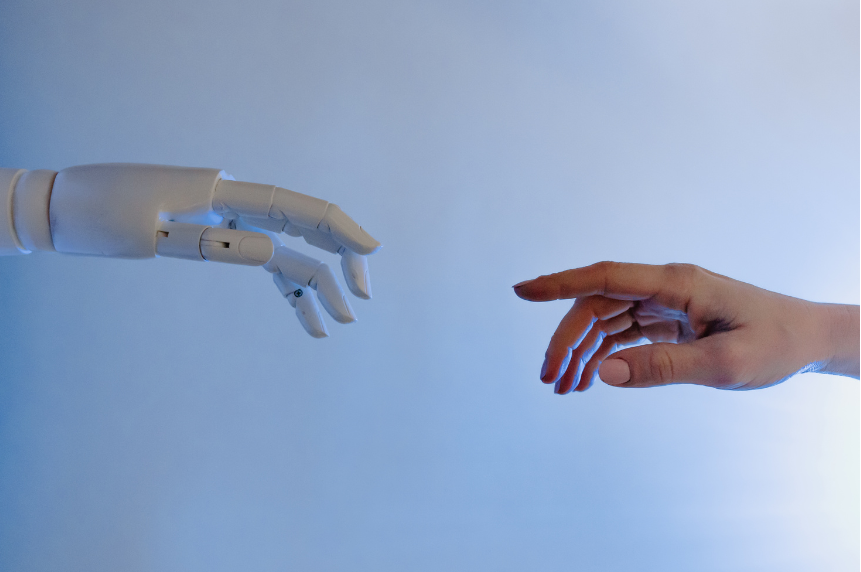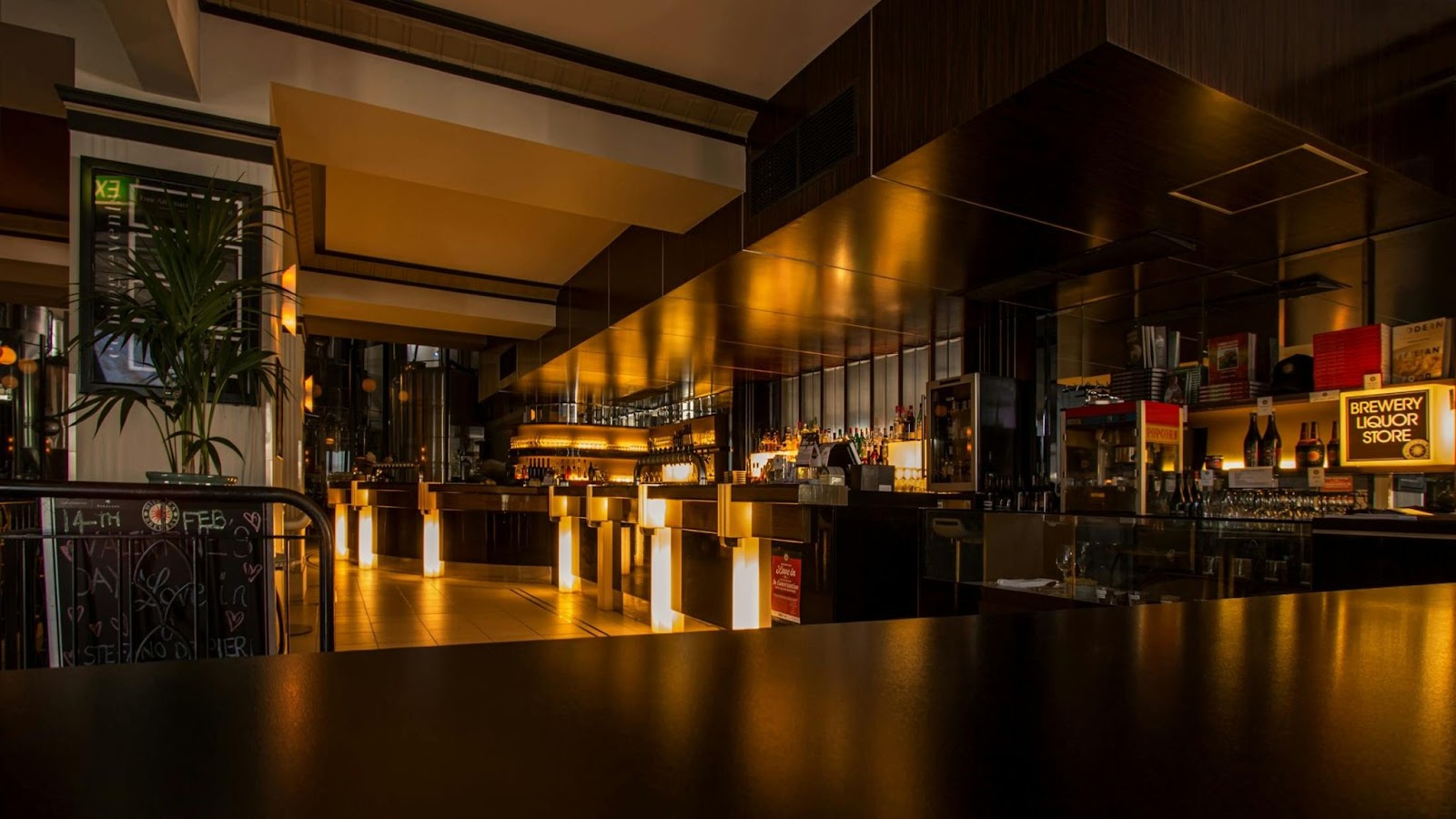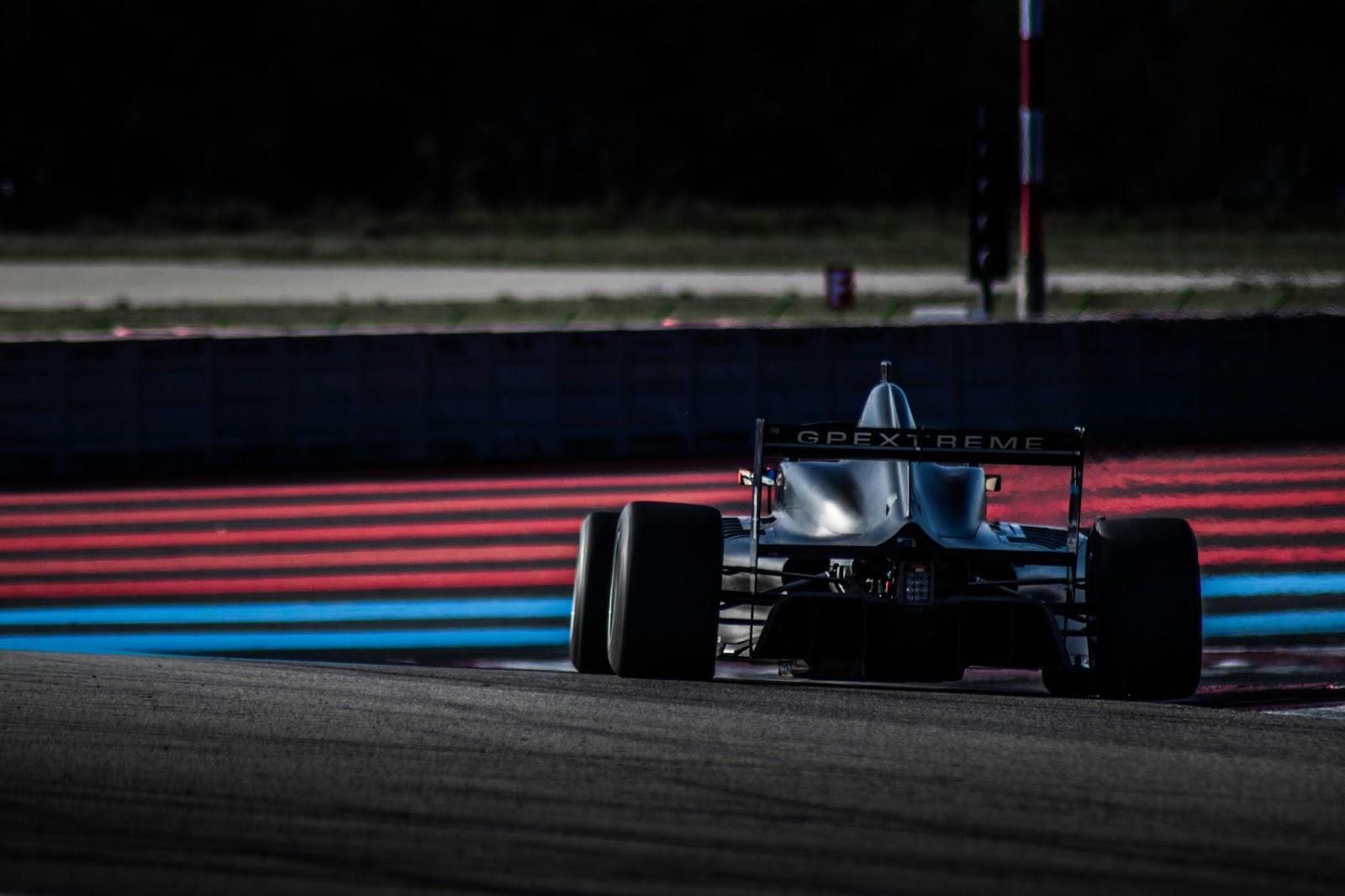Baristas at your local Starbucks are overworked as is, attempting to support the influx of guests and specialty orders that make up the coffee giant’s inventory. But since the implementation of a mobile Starbucks app, which has allowed users to order in advance and fundamentally disrupted the system with which Starbucks and its baristas have thrived so heartily for years, there’s been an even greater, more palpable strain upon these workers and the company itself. The mobile app is a problem; in attempting to keep up with the evolving technological world around them, Starbucks has lost the efficiency and proficiency that once defined it. Fixing this problem will likely top incoming CEO Brian Niccol’s list of tasks to turn around the struggling coffee giant when he steps into the role on September 9.
Operational Strains and Declining Sales
Investors and executives alike have pointed to operational issues as one reason the chain’s sales have lagged in recent quarters. Other culprits for its recent same-store sales declines include a weakening consumer, boycotts, and the deterioration of the Starbucks brand itself.
Former CEO Howard Schultz’s appraisal of the issue is a bit more incisive, as he points the finger squarely at the mobile app. Schultz referred to the app and its mobile ordering as “the biggest Achilles heel for Starbucks.”
As of 2024, mobile orders account for approximately a third of Starbucks’ total sales and tend to be more complicated. While add-ons like cold foam or syrups are more profitable for Starbucks, they tend to take up more of the baristas’ time, frustrating them and customers.
In late April, the current CEO, Laxman Narasimhan, said the company was struggling to meet demand in the morning and was scaring away some customers with long wait times. In Schultz’s own estimation, this is due to convoluted mobile orders and bottlenecks that occur as a result of them. “Everyone shows up, and all of a sudden, we got a mosh pit, and that’s not Starbucks.”
Making mobile orders more efficient is one of the key ways Niccol can reduce crowding at Starbucks.
“The company did not do a good job of anticipating the technological refinements that needed to be implemented to avoid what was happening… The stock was at a record high; the company was not paying attention to the velocity of the mobile app and what it was becoming until it was too late,” Schultz elaborated.
This November, Starbucks Workers United, which now represents workers at roughly 450 of the chain’s U.S. stores, pressed the company to turn off mobile ordering when it’s running promotions (Starbucks said at the time that it was already in the process of making the change possible).
Where Chipotle’s Track Record Soars
Digital sales aren’t the same albatross for Niccol’s current employer, Chipotle.
In its latest quarter, 35% of the company’s revenue came from online orders. The pandemic fueled a shift to online ordering that has stuck around, as the share of digital orders has jumped from 18% in 2019.
When Niccol joined Chipotle in 2018, most of its restaurants had already installed a second prep line dedicated to digital orders, aiming to avoid bottlenecks as online sales became more important. That same year, it also began adding drive-thru lanes just for online order pickup, called “Chipotlanes.”
Moving forward, Niccol will be pressured to implement similar strategies at Starbucks and make it work meaningfully. At Chipotle, these changes were implemented successfully and raised the value of the brand and its items in literal terms and the customers’ estimation. After several years of tarnishing their brand, Chipotle has come out on top, largely thanks to Niccol’s efforts. Because of this success, Starbucks has courted him and is looking for him to perform a similar feat of marketing and managing ingenuity.

